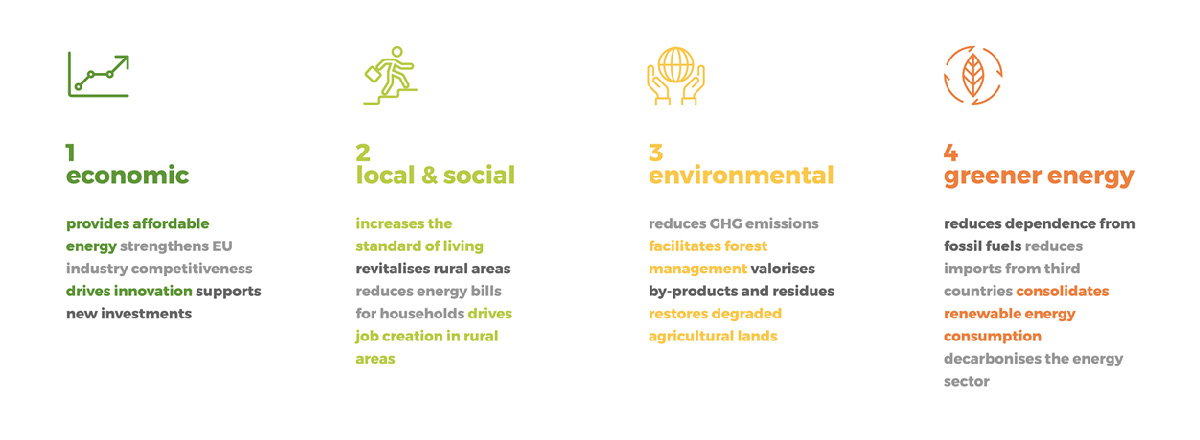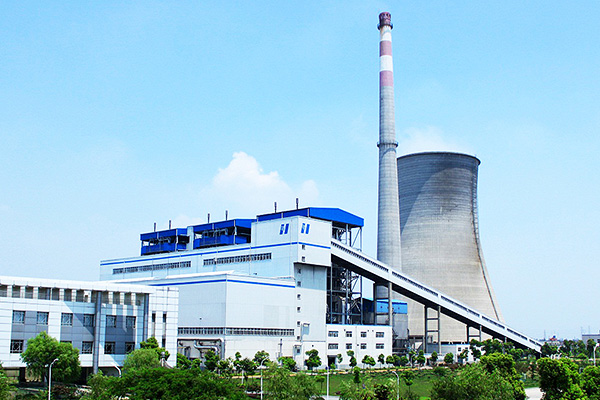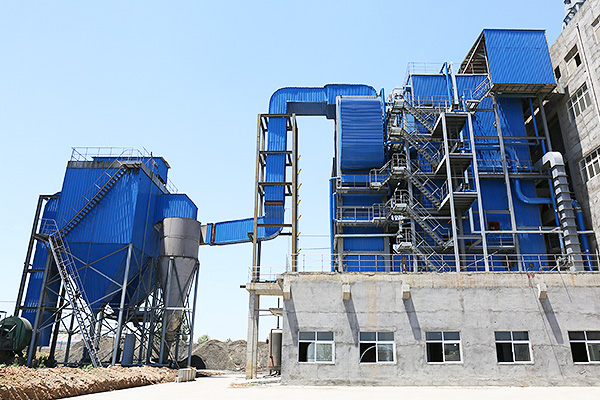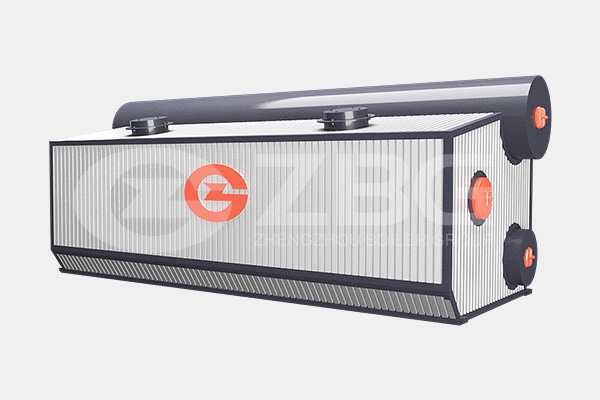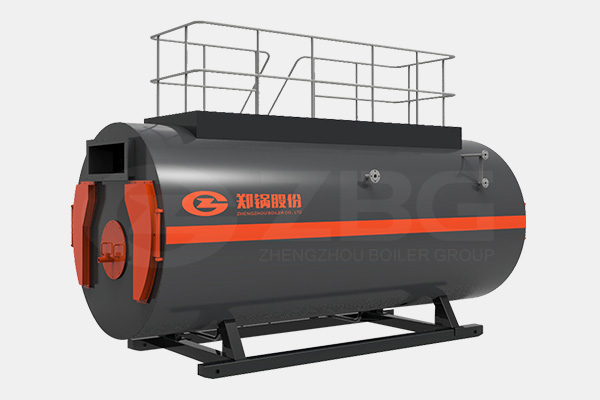Prospects of Biomass Boilers in European Market
Today, bioenergy accounts for more than 50% of EU renewable energy consumption. Heat and electricity from biomass amounted to around 85,5 Mtoe in 2012 and will amount to 110 Mtoe in 2020 according to member states’ projections. This share is expected to be maintained in 2020, contributing to half of the EU targets regarding both emission reductions and renewable energy share of gross final energy consumption.
In this context, it will not be possible to reach the EU’s 2030 and 2050 climate and energy objectives without relying on bioenergy to a greater extent. Beside this unique role in the future European energy mix, biomass also offers considerable advantages when it comes to the EU’s energy security, affordability and sustainability priorities.
In general, more than 70% of biomass consumed in Europe consists of solid biomass being mostly forestry residues and to a limited extent agricultural by-products (e.g. wood industry by-products / wood from silviculture / waste wood / tall fescue / switchgrass / short rotation coppices / miscanthus / hedges / green waste …);
Biogas and biofuels feedstocks represent both 11% of gross inland energy consumption of biomass (e.g. beets / cereals / crop by-products / grass / intermediate crops / Linseed / Livestock manure / maize / marine biomass / rapeseed oil / sludge / waste vegetable oil and animal fats) ;
Finally, renewable municipal waste used for energy purposes represent the fourth main type of biomass for energy reaching 7% in 2015 (e.g. agri-food wastes / household bio-wastes).
Biomass fired boilers advantages:
